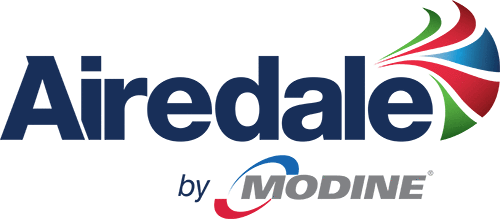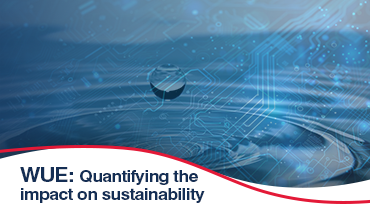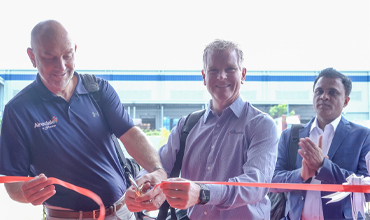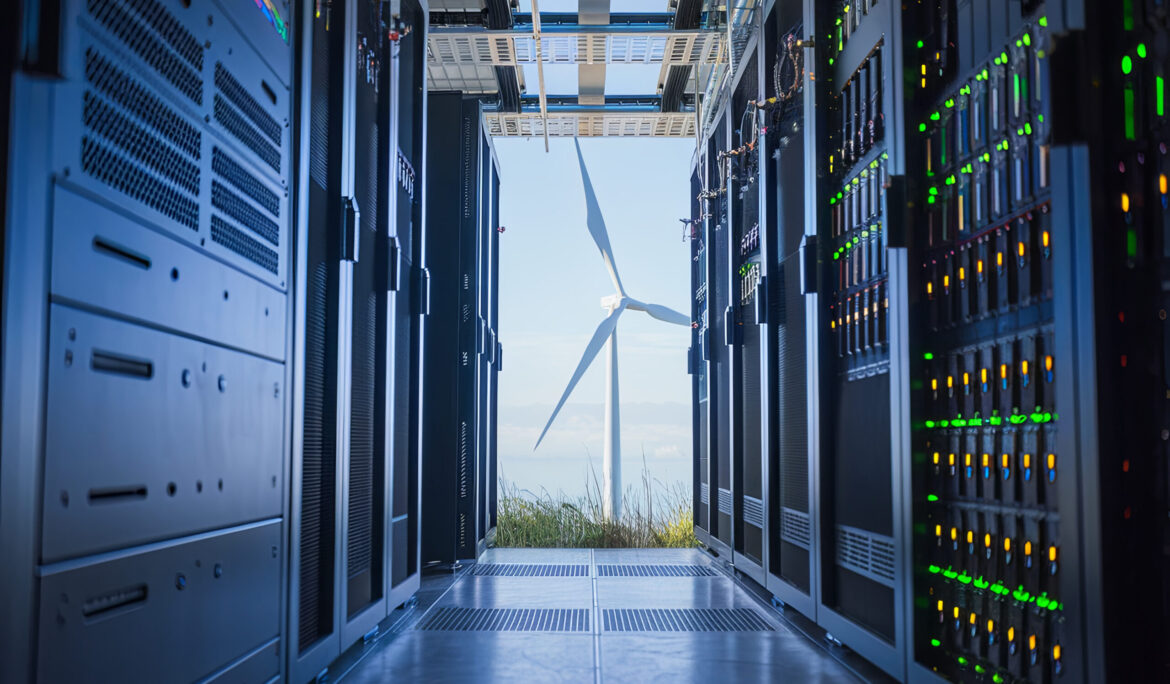Water Usage Effectiveness: Quantifying the Impact on Sustainability
Water usage effectiveness (WUE) is a metric introduced to the industry by The Green Grid, a global consortium dedicated to advancing energy efficiency in data centers. Designed to address the global concerns of water scarcity, it measures how efficiently a data center consumes water- a critical measurement for today’s sustainability-focussed landscape. Analysed in conjunction with power usage effectiveness (PUE), the two metrics form an overall picture that allows data center operators to make more impactful decisions that can form part of a meaningful sustainability strategy. Water Usage in Data Centers? The main uses of water in a data center are …
Strategies To Maximize Cooling Efficiency
Cooling accounts for a significant share of data center energy use. Even modest efficiency improvements can lead to meaningful reductions in OPEX and carbon output. While IT hardware is advancing rapidly, cooling strategies often fall behind, hampered by legacy systems, siloed decision-making, and outdated assumptions. Airedale by Modine sees cooling efficiency as a system-level discipline, beginning with thoughtful design and continuing into day-to-day operation. This approach focuses on how components interact, systems scale with demand, and control strategies evolve over time. True efficiency results from aligning infrastructure, intelligence, and intent. Assessing the Efficiency Baseline Before you can improve, you need …
Sustainable Cooling Solutions for High-Density Data Centers
The extraordinary growth of cloud services and AI applications, along with the resultant increase in data processing needs and network traffic, is driving unprecedented demand for data center capacity. According to the global consulting firm McKinsey & Co, total data center capacity could nearly triple by 2030. As data centers strive to meet the growing demand, many operators, particularly hyperscalers, are pushing toward ever-higher rack densities. But increasing rack loads is not without its challenges. As heat loads rise, traditional cooling strategies are insufficient to meet operational and environmental needs. To keep up with data processing demand without compromising sustainability …
Carbon Usage Effectiveness: What It Means and why It Matters
Carbon Usage Effectiveness (CUE) is a metric introduced to the industry to address carbon emissions associated with data centers. Measuring operational carbon usage, CUE specifically measures the carbon emissions of a data center per unit of energy consumed – a critical measurement for today’s sustainability-focussed digital landscape. The metric has been introduced to the industry by The Green Grid, a global consortium dedicated to advancing energy efficiency in data centers. Working in conjunction with the ISO standard ISO/IEC 30134-8, CUE is widely viewed with importance when it comes to defining the carbon usage of a data center. What does CUE …
Modine Opens India Facility to Manufacture Data Center Cooling Equipment for APAC Region
In-region production of Airedale by ModineTM solutions serves growing data center industry demand Modine® (NYSE:MOD), a diversified global leader in thermal management technology and solutions, officially opened its new 100,000 ft2. facility in Chennai, India. The event marked the beginning of full-scale, in-region production of Airedale by ModineTM data center cooling equipment and a strategic positioning to meet accelerated demand from data center customers across the Asia-Pacific (APAC) region. “Launching our Chennai facility is a significant milestone in our global growth strategy,” said Eric McGinnis, President, Climate Solutions at Modine. “The data center market in India and across the region …
Embodied Carbon – Why it Matters for Data Center Sustainability
As the built environment aims for net zero, attention is rapidly shifting beyond operational energy to include the embodied carbon of products and systems – especially critical cooling equipment, which plays a major role in both construction and long-term building performance. At Airedale by Modine, we’re committed to supporting our customers on their journey to decarbonize buildings. That’s why we’re embracing methodologies like TM65, calculating the embodied carbon of our products, and working toward the development of carbon life cycle assessments (LCAs) and environmental product declarations (EPDs) to drive transparency and continuous improvement. But what exactly do these terms mean …












